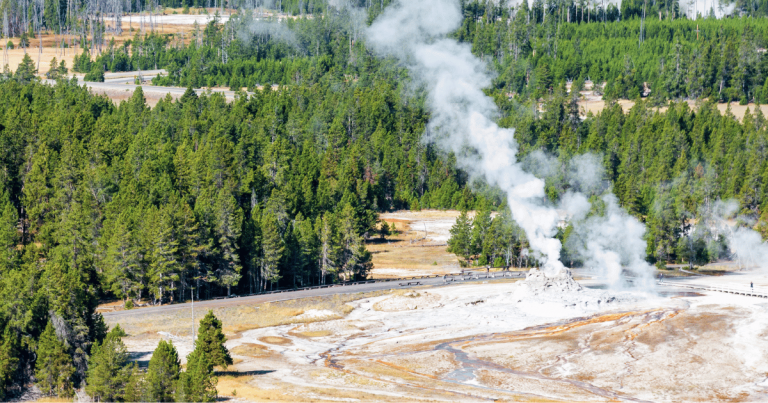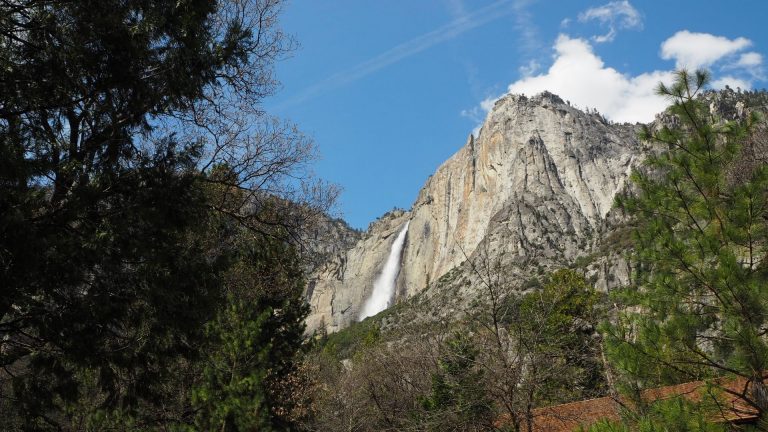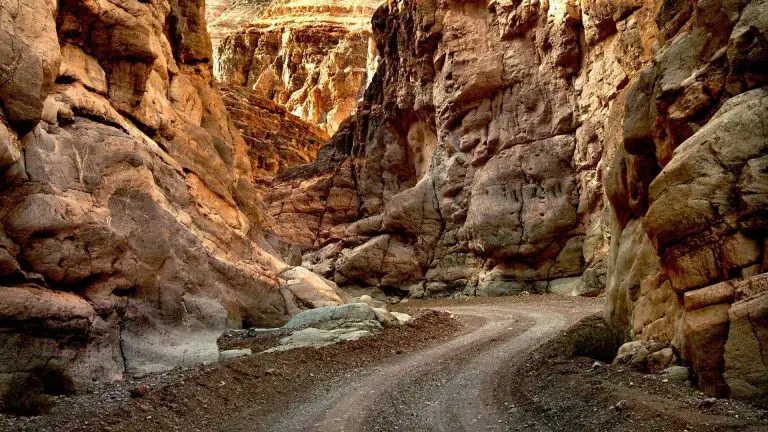Everything You Need to Know about Half Marathon Yosemite
Are you someone who loves running, adventurous trails, and wide-open spaces surrounded by natural beauty? If yes, then the half marathon Yosemite is the perfect race for you.

The race is an attraction for both locals and tourists from around the world, attracting thousands of runners every year. This is usually held in May, runners take on a journey through rustic trails and serene meadows, with the magnificent Sierra Nevada mountains forming an awe-inspiring panorama in the backdrop. Participants can expect a relatively downhill course, but don’t be fooled – the track’s rugged terrain demands physical prowess and mental fortitude.
The History and Impact of the Yosemite Half Marathon
The Yosemite Half Marathon has a rich history that dates back several years, making it an annual fixture in the running calendar. The event started as a local race, designed to celebrate the natural beauty of Yosemite and promote physical fitness among residents. The race’s inception was marked by a small group of participants, but it has since grown exponentially, both in participant numbers and reputation. Over the years, the Yosemite Half Marathon’s impact has extended beyond the realm of sport, contributing significantly to local tourism and the economy. A multitude of visitors flock to Yosemite annually for the marathon, staying at local hotels, dining at local restaurants, and purchasing from local businesses, thus sparking a cycle of economic vitality. In addition, the event has been instrumental in the conservation efforts of Yosemite National Park, raising awareness about the importance of preserving its natural splendor.
Course Description: A Journey Through Natural Splendor
The course of the Yosemite Half Marathon is a breathtaking journey through the heart of Yosemite National Park, where scenic beauty and challenging terrain go hand in hand. The race starts at an elevation of approximately 5,500 feet, with the towering, snow-capped Sierra Nevada mountains serving as a majestic backdrop. The first few miles involve a thrilling descent, allowing runners to adjust to the high altitude and immerse themselves in the surrounding landscape.
Runners then enter the forested trails, where the real challenge begins. Despite the course being primarily downhill, the rocky and uneven terrain demands agility and endurance. The lush green canopy overhead and the comforting sound of wildlife provide a soothing contrast to the physical rigor.
Around the halfway mark, participants cross the iconic Glacier Point – a notable landmark offering a panoramic view of Yosemite Valley, Half Dome, and Yosemite Falls. This becomes a moment of respite and inspiration for many runners, invigorating them for the remaining course.
The final stretch of the marathon is arguably the most challenging, with a steep incline leading to the finish line. Yet, the sight of Yosemite Valley stretching out below is a powerful motivator, compelling runners to power through the fatigue.
So, while the Yosemite Half Marathon course is undeniably demanding, the exhilarating vistas of Yosemite National Park at every turn make every stride worthwhile. As a participant, you are not just running a race – you are part of an unforgettable adventure through one of nature’s most stunning masterpieces.
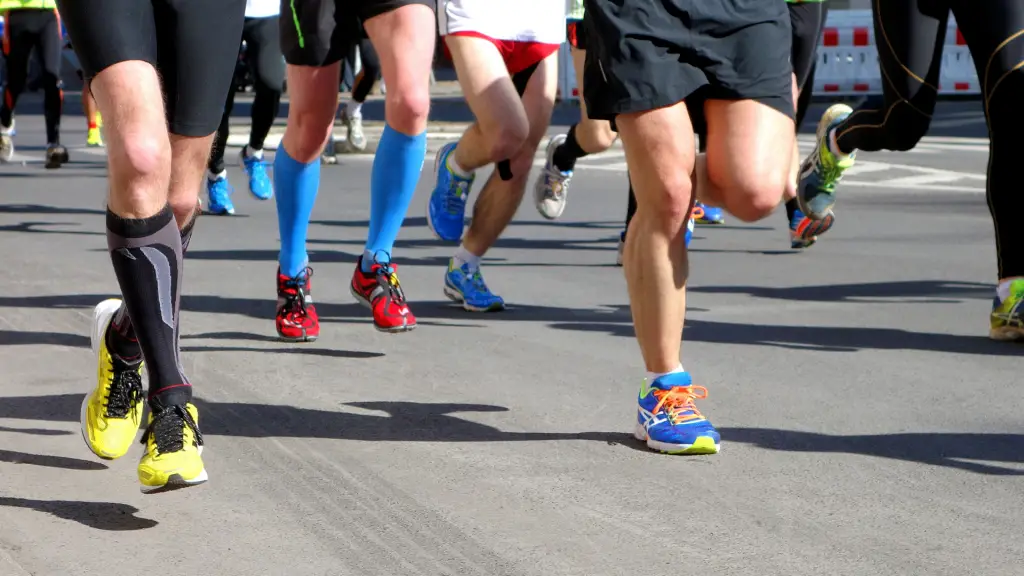
Race Preparation Tips for the Yosemite Half Marathon
While the Yosemite Half Marathon is an enriching experience, it is also a challenge that demands meticulous preparation. Here are some tips to help you prepare thoroughly for this adventurous race.
Training Plans: Begin with a solid training plan at least 12-16 weeks prior to the race. Incorporate a mix of running, strength training, and flexibility exercises into your routine. Running should involve a combination of short runs, long runs and hill workouts. Strength training can help enhance your muscle endurance, especially vital for the uneven terrains of Yosemite. Flexibility exercises like yoga can improve your balance and prevent injuries. And don’t forget to include rest days for your body to recover.
Nutrition: A balanced diet is crucial for marathon training. Incorporate lean proteins, complex carbohydrates, and healthy fats into your meals. Stay hydrated and consider sports drinks for long training runs to replenish electrolytes. In the week leading up to the race, increase your carbohydrate intake to build up a store of energy.
Gear: Invest in a good pair of trail running shoes that offer support and grip for the rugged Yosemite trails. Dress in layers to adapt to the changing weather conditions. Carry a hydration pack for longer runs, and consider energy gels or bars for on-the-go fueling.
Altitude Adjustment: If possible, try to arrive at Yosemite a few days early to acclimatize yourself to the high altitude. Prioritize rest and hydration in the days leading up to the race to mitigate the effects of altitude sickness.
Travel and Accommodation for the Yosemite Half Marathon
When planning your trip to the Yosemite Half Marathon, consider lodging options that suit to your preferences and budgets.
Lodging: For a luxury experience, consider the Ahwahnee Hotel, famous for its stunning architecture and historic charm. If you prefer a more rustic experience, Yosemite has several campgrounds and cabins like the Curry Village and Housekeeping Camp. Just outside the park, Mariposa, El Portal, and Oakhurst also offer various accommodations.
Travel: Reaching Yosemite National Park is relatively straightforward. The closest airports are Fresno Yosemite International Airport (FAT), around 1.5 hours away, and San Francisco International Airport (SFO), approximately 4 hours away. From the airport, car rentals are available, and driving to Yosemite is a scenic journey in itself. Alternatively, you can opt for the Yosemite Area Regional Transportation System (YARTS), which provides convenient public transit to various points in the park.
It’s recommended to arrive at the park the day before the race to not only acclimate to the altitude but also to avoid any last-minute travel delays. Do keep in mind that weather conditions can change rapidly in Yosemite, so plan for contingencies, and check the local weather forecast before setting out.

Triumphs of Tenacity at the Yosemite Half Marathon
Over the years, the Yosemite Half Marathon has been a testament to human tenacity, grit, and the unyielding spirit of runners. These stories of triumph are not only about those who crossed the finish line first but also about those who persevered against all odds.
1. The Remarkable Return of John Doe: After a serious car accident in 2016, doctors doubted if John would ever walk again. Not only did he prove them wrong, but he also laced up his running shoes and took on the challenging Yosemite Half Marathon in 2019. Crossing the finish line, he proved that the will to overcome can surmount the toughest obstacles.
2. Jane Smith’s Inspirational Journey: Diagnosed with Type 2 diabetes, Jane Smith decided to reclaim her health. She started with short walks around her neighborhood, gradually transitioning into running. Her remarkable journey culminated in the Yosemite Half Marathon where she not only completed the race but did so while maintaining her blood sugar levels, inspiring many others battling the condition.
3. The Endurance of the Elderly Runner, Robert Johnson: At 75, Robert Johnson is a testament to the fact that age is just a number. Participating in every Yosemite Half Marathon since its inception, Robert is an embodiment of endurance and determination. Despite the rigorous course and challenging altitude, he never fails to cross the finish line, instilling in everyone the belief that it is never too late to chase your dreams.
FAQs about the Yosemite Half Marathon
How much is the fee to join the Yosemite Half Marathon?
The entry fee for the Yosemite Half Marathon varies based on the time of registration. Early bird registration typically costs less, encouraging participants to sign up well in advance. Standard registration fees can range from $120 to $160. Prices may also differ for team registrations or charity entries.
Is this race suitable for beginners?
While the Yosemite Half Marathon is a challenging race due to its rugged trails and high altitude, it is open to all runners who are up for the challenge and have trained accordingly. However, beginners should ensure they are physically prepared and have followed an adequate training plan in the months leading up to the race.
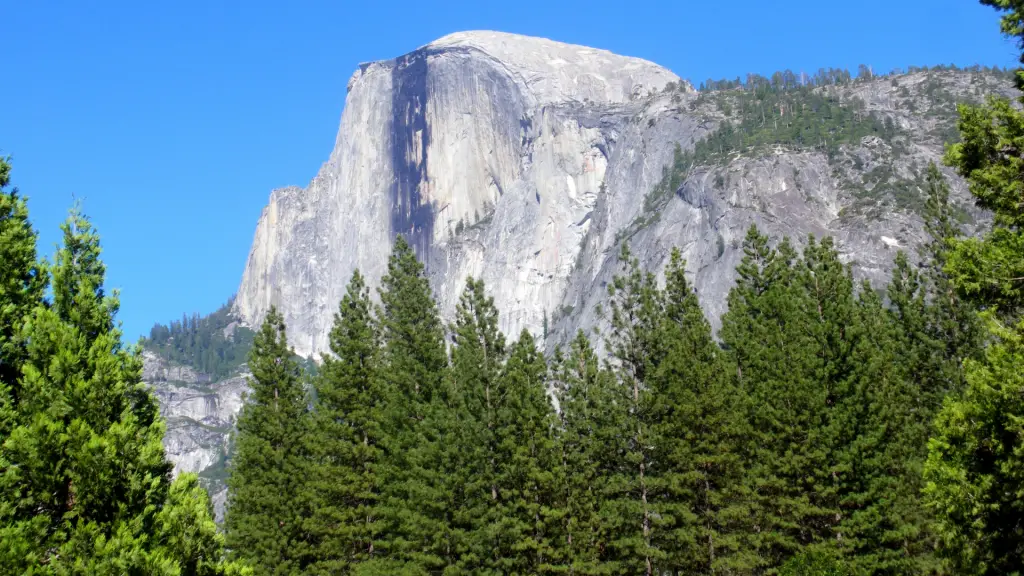
Final Thoughts
The Half Marathon Yosemite provides an excellent opportunity for runners to experience the Sierras’ natural beauty and challenge themselves physically. The race’s scenic route, supported by the race’s organizers, aid and medics staff, and post-race rejuvenation, brings everything together for a memorable experience. Furthermore, participants in the race also can contribute to the local community by supporting a charity project. So lace up your running shoes and register for the next Half Marathon Yosemite for a once-in-a-lifetime race.


